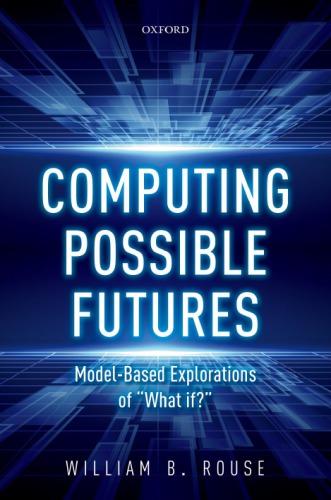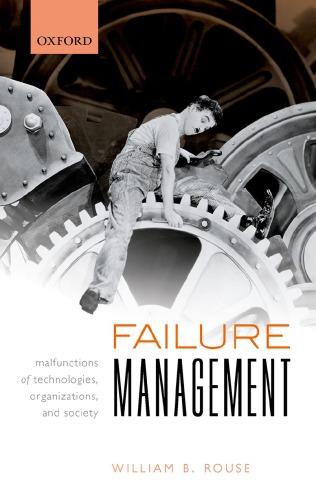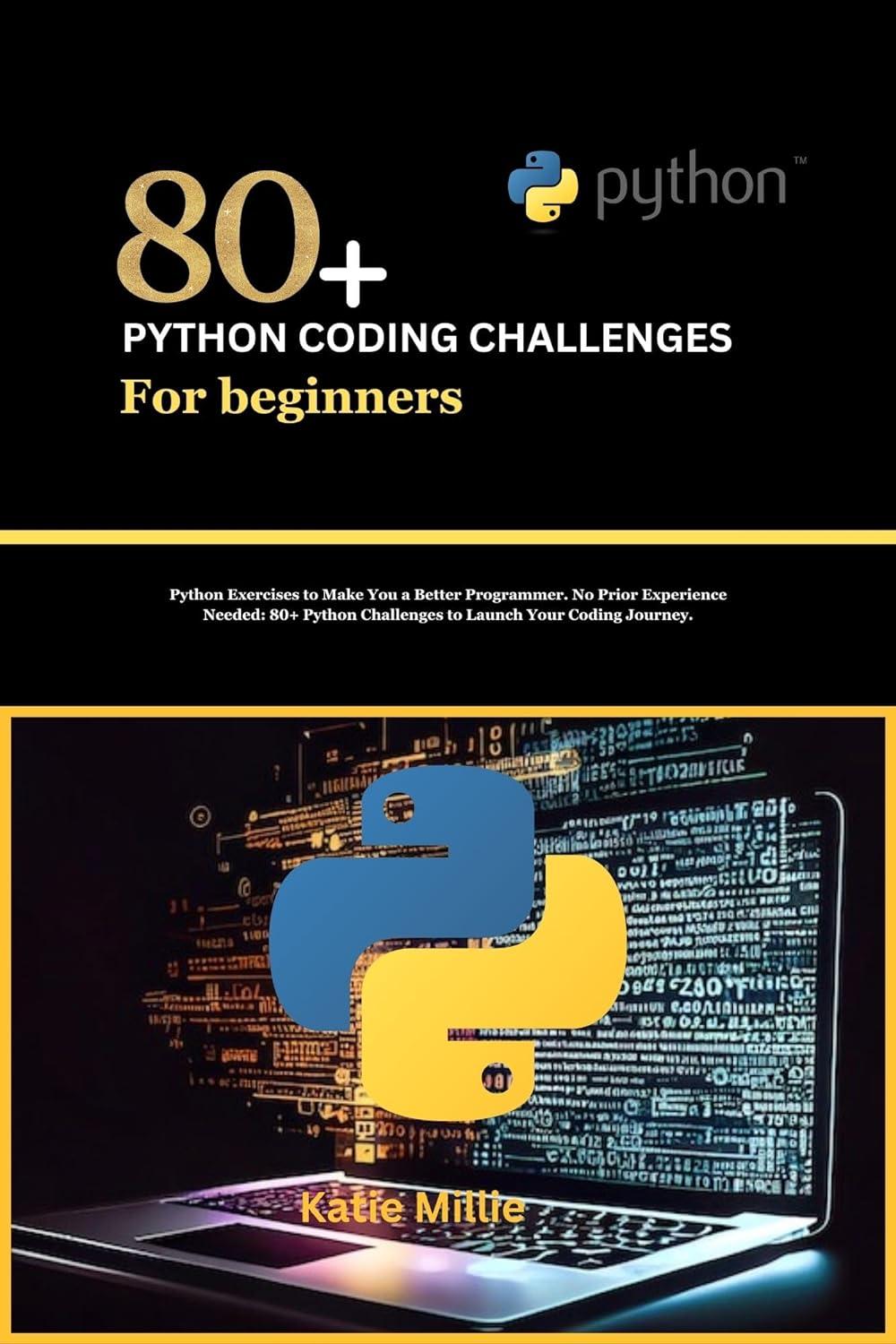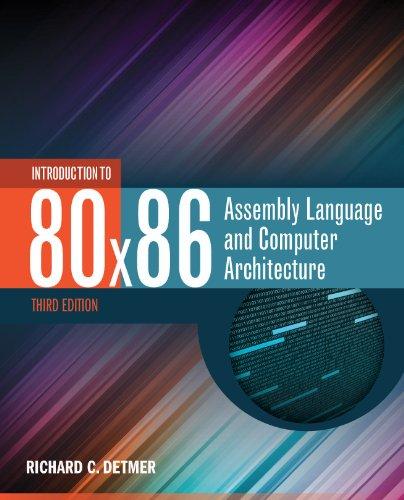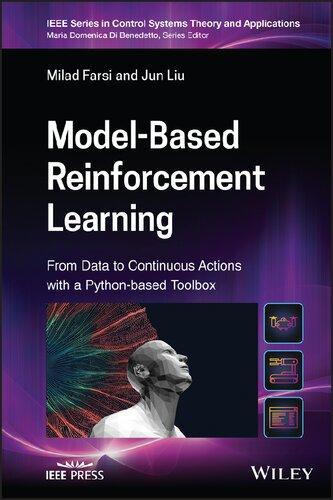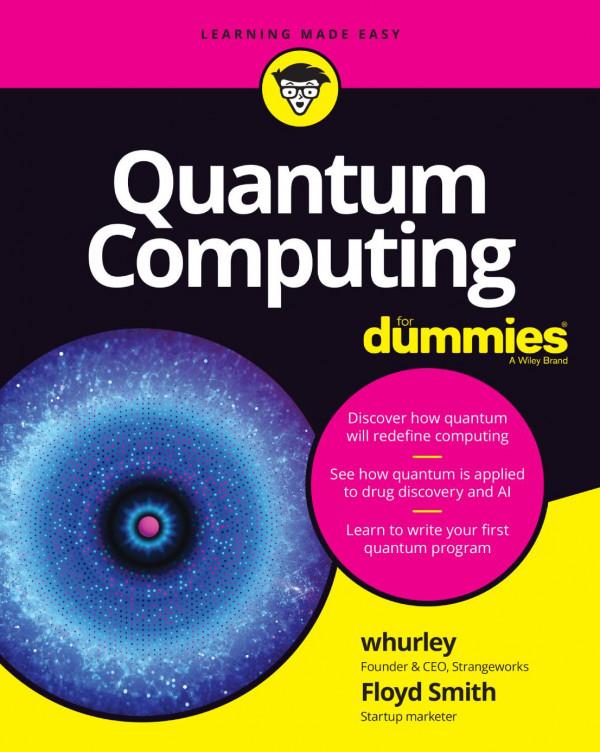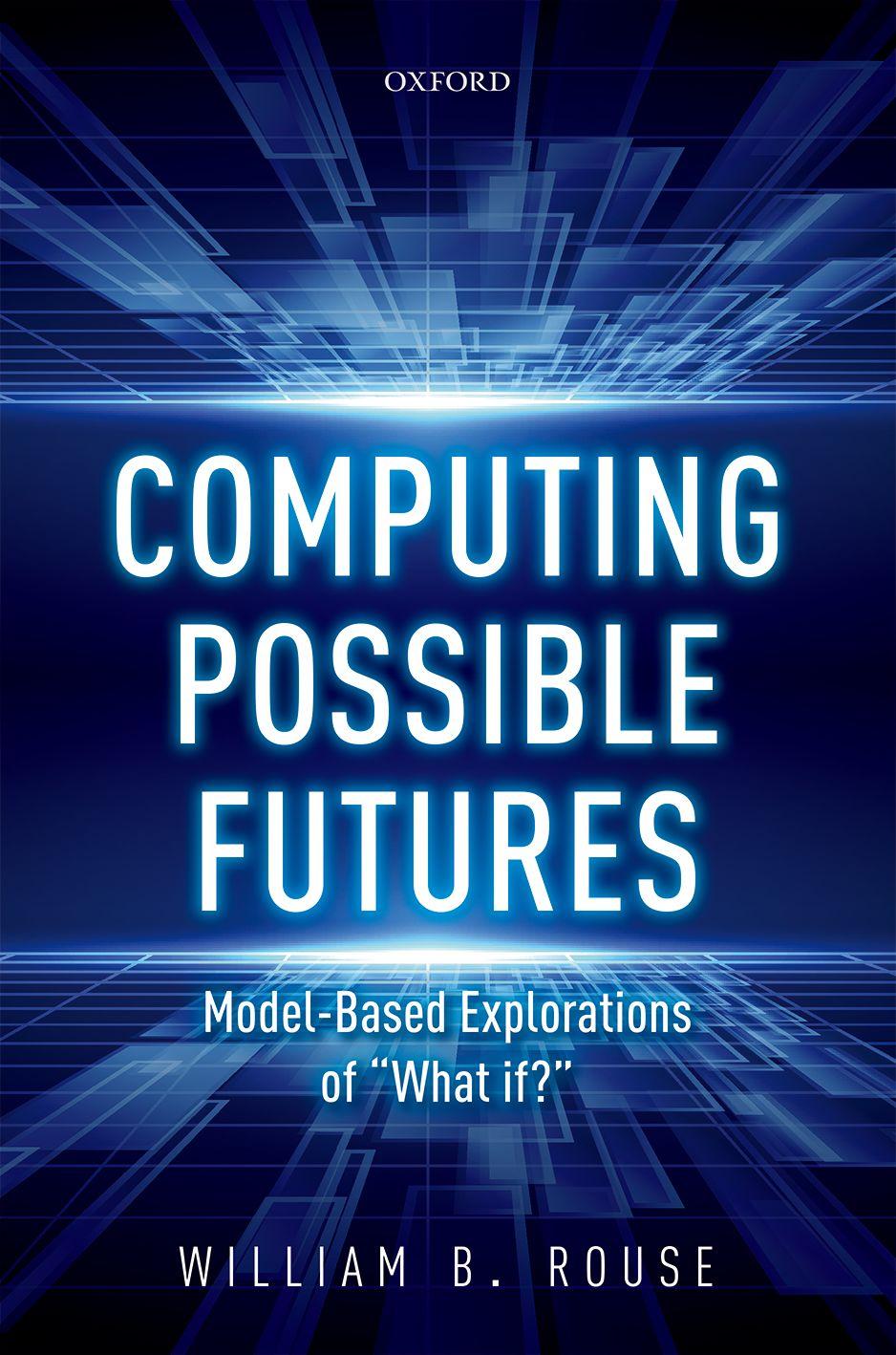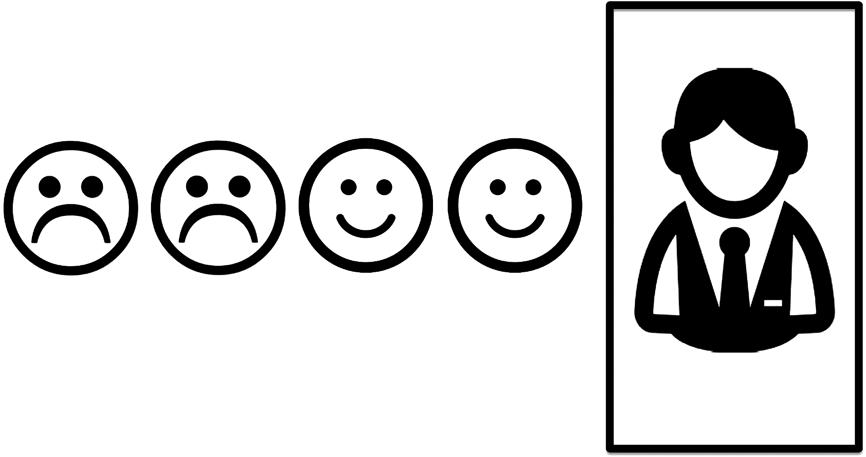Introduction
There are many “what is?” questions. What is the temperature outside? How many people are in line at customer service? What is the shortest route from A to B? How many people graduated from high school last year? With the right data, including your own observations, these questions can readily be answered.
“What if?” questions are different. They cannot be answered empirically because the future you are considering does not yet exist. How long would it take if we walked instead of drove? How many people will graduate over the next decade? What if we moved our investments from X to Y?
Addressing these types of question requires predictions. Sometimes these predictions come from our mental models of the phenomena of interest. For example, we may know the streets of the city pretty well and have experienced past traffic patterns. We use this knowledge to imagine the time required.
We might extrapolate to answer the question. We know the number of children alive at the right ages to graduate over the next decade. We can access actuarial tables on mortality to predict how many will make it to high school. We don’t know what will happen economically or socially over the next decade, so we expect the predictions we calculate will have some associated uncertainty.
The notion of our predictions being uncertain is central to the discussions in this book. We cannot know what will happen, but we can predict what might happen. Further, a range of futures might happen. This range will include possible futures. Many futures will be very unlikely. That is useful to know as well.
How can you project the possible futures relative to the “what if?” question of interest? Beyond using your mental models and your imagination, you can
Computing Possible Futures. William B. Rouse. Oxford University Press (2019). © William B. Rouse 2019. DOI: 10.1093/oso/9780198846420.001.0001
employ computational models. These exist in a variety of forms, ranging from quite simple to very sophisticated.
The simplest form is proverbial “back of the envelope” estimates, which, in my experience, are more often on tablecloths or cocktail napkins than envelopes. I often try to estimate the answers I expect from computational models. Using simplifications that make calculations easier, I derive a very rough estimate of what I expect. If my estimate differs significantly from what the computational model provides, I track down the source(s) of the discrepancy.
From this traditional first step, you might next formulate a set of mathematical equations. This usually starts with paper and pen and perhaps results in a spreadsheet model. This can provide more precise predictions and, hopefully, more accurate predictions. Of course, this by no means eliminates the uncertainties noted above.
The next formulation may transition the spreadsheet model to a computer program that enables including uncertainties and provides a variety of visual representations of predictions. This may involve using one or more commercially available software tools, several of which are noted in later chapters.
Simple Examples
This section uses some simple examples to illustrate the issues raised above. My goal is to set the stage for less simple examples later in this chapter, as well as much more elaborate stories in later chapters.
Waiting in Line
Figure 1.1 portrays a classic waiting line. Customers are concerned with how long they will have to wait to be serviced. We want to predict this for them.
We can use queuing theory to model this waiting line. Assume that customers arrive randomly at an average rate of λ customers per hour and are serviced at an average rate of μ per hour. The utilization of this queuing system, ρ, is defined as the ratio λ/μ. The mean number of people in the system, L, including the person being served, equals ρ/(1 ρ). The standard deviation is the square root of ρ/(1 ρ)2.
It is clear that ρ < 1. Otherwise, L becomes infinite, because the server can never catch up with the number of people waiting. If ρ = 0.9, then L equals 9, and the standard deviation of the number of people waiting is, roughly, 9 as
well. The answer to the customer’s question is that there will, on average, be 8–9 people ahead of them, but sometimes it will be many more. With ρ = 0.9, there will often be significant waiting time. So, the possible futures for customers are quite varied.
This is a standard and quite simple queuing model. A few key aspects of the real problem are missing. Customers, upon seeing the waiting line, may “balk” and not enter the line. Other customers may wait a bit but then “renege” and leave the waiting line. Both of those behaviors will benefit those who remain in line, but they may not help the service organization’s reputation. To avoid this, the organization may add a second server, which would require a significant expansion of this model.
In this example, we have portrayed the range of possible futures in terms of a mean and a standard deviation. Any “point” prediction, for example, predicting exactly nine people in the system, would almost always be wrong. This is due to random variations of interarrival and service times, as well as the simplicity of the model, for example, no balking or reneging. Nevertheless, such a model could be a reasonable first step. It at least tells that we need more than one server, or a spacious waiting room.
Investing for Retirement
This is a problem almost everybody eventually faces. You need money for your living expenses, which are denoted by LE. Due to inflation, at an annual rate of
Fig 1.1 Waiting in line.
α, this amount increases with years. In anticipation of retirement, every year you invest money, which is denoted by RI, and earn investment returns at an annual rate of β. Over time, these retirement assets, denoted RA, steadily grow. Assume you do this for 20 years and then retire. At this point, you draw from RA to pay for LE, no longer investing RI each year. What should RI equal during the years that you are still working and investing?
Figure 1.2 portrays the results when α is 3 %, β is 7 %, LE equals $100,000, and RI equals $50,000, assuming that the latter amount is held constant over the working years. Exponential growth of your assets during the first 20 years is replaced by accelerating decline of, starting in Year 21. The acceleration is due to the fact that your living expenses are steadily increasing because of the 3 % inflation, from $100,000 in Year 1 to $317,000 in Year 40. Despite the ongoing 7 % return on your remaining assets, your living expenses drain these assets. In contrast, if inflation were 0 %, your assets would steadily increase over the 40 years, leaving your heirs with a tidy inheritance. Alternatively, you could decrease your annual investment to $26,000 to break even in Year 40.
Fig 1.2 Expenses and assets over 40 years.
This seems like a fairly straightforward model, not unlike those embedded in many retirement planning applications on the Internet. However, it only provides point predictions for a process with substantial volatility. Inflation rates and investment return rates are highly variable.
Thus, the projections shown in Figure 1.2 look much more certain than they are in reality. Of course, one can update such projections each year and, if fortunate, adjust investments for any surprises. However, starting in Year 21, you have no more working income to use to compensate for these surprises. This seems to have caused many people to put off retirement.
This model is useful in that it illustrates the enormous impact of even modest inflation compounded over 40 years. Yet, it does not portray the different scenarios that might play out. We could vary α and β to determine the RI needed for each combination. This would constitute an elementary form of “scenario planning,” a topic addressed in Chapter 3.
Driving a Vehicle
We would like to predict the performance of a vehicle, for example, time to accelerate from 0 to 60 miles per hour, and stability on curves, as a function of the design of the vehicle. This requires that we predict driver performance in the manual control of the vehicle. This prediction problem is addressed in depth in Chapter 6, but is simplified here.
The block diagram in Figure 1.3 represents the driver–vehicle system. Using a model based on this figure, we can predict the performance of this system. These predictions would likely be reasonably accurate for drivers maintaining lane position and speed on straight roads in clear weather in daylight. However, reality includes irregular roads, wind, rain—and other drivers!
Fig 1.3 Driver–vehicle system.
This model includes a desired output—the intended path—measurement uncertainty representing possible limited visibility, and input uncertainty representing driver variability in steering, accelerating, and braking. This model should yield reasonable predictions, but it does not include important factors like traffic flow, other drivers’ behaviors, and possible distractions, for example, fussing with the entertainment system. Many sources of uncertainty and variability are missing. Nevertheless, this model would be useful for predicting driver–vehicle performance in, admittedly, pristine conditions.
This is a good example of a model that might be used to diagnose poor designs but is not sufficient to fully validate good designs. It is common for such validation to happen in human-in-the-loop driving simulators that combine computational models of the vehicle with live human drivers in simulated realistic driving conditions.
Less Simple Examples
At this point, I move from hypothetical examples, which were created to illustrate key points, to real models developed to help decision-makers answer questions of importance. Nevertheless, the depth with which these two examples are discussed is limited to that necessary to further elaborate the issues raised in this chapter.
Provisioning Submarines with Spare Parts
My first engineering assignment when I worked at Raytheon was to determine the mix of spare parts that a submarine should carry to maximize the system availability of the sonar system. Availability is the probability that a system will perform as required during a mission, which, for a submarine, could be months.
System availability is affected by failure rates of component parts, repair times for failures, and relationships among components. Functional dependencies and redundancies affect the extent to which a failed part disables the overall system. Redundant parts provide backups to failures. Figure 1.4 depicts a notional sonar system.
The simulation model developed was called MOSES, for Mission Oriented System Effectiveness Synthesis (Rouse, 1969). MOSES included a representation of the system similar to Figure 1.4. Data for the thousands of parts in the
Detection Fusion Processor
Displays
Combining Processor
Similarity Processor
Transmitter Array Timer
Receiver Beamformer
system, obtained from contractually required testing, included the mean time between failures (MTBF) and the mean time to repair (MTTR) for each part.
MOSES simulated operation of the sonar system over long missions such as, for example, a 30-day mission. As failures occurred, the structure of the system (Figure 1.4) was used to determine the impact on system operations, that is, whether or not the system was available. Maintenance actions were also simulated, solely in terms of time required to replace the failed part. Across the whole simulation of the mission and system operations, the overall availability statistic equaled MTBF/(MTBF + MTTR).
Typically, the MTBF is much larger than the MTTR. Otherwise, availability suffers. On the other hand, if repairs are instantaneous, that is, MTTR equals zero, availability is 100 %, regardless of the MTBF. This might seem extreme, but redundant parts that are automatically switched into use are increasingly common.
Determining the best mix of spare parts involved finding the mix that maximized availability within the physical space constraints of the submarine. MOSES was also used to determine where increased redundancy would most improve availability. The number of requests for various MOSES analyses resulted in many long simulation runs, which led the personnel in the computer center to comment that MOSES was often wandering in wilderness. This example involved a complicated system of which we had ample knowledge because all of it was designed or engineered. There were no humans interacting with the system. MOSES did not consider whether the targets and threats detected by the sonar system were successfully engaged. In other words, the
Fig 1.4 Notional sonar system.
predictions were of availability rather than effectiveness. In contrast, for many of the examples in this book, behavioral and social phenomena are central, which significantly complicates modeling endeavors.
Thus, the possible futures computed by MOSES were limited to predictions of the percentage of times the sonar system would be available for use. This percentage was strongly affected by system redundancies and the mix of spare parts available. The simulation also yielded an estimated probability distribution of this percentage.
This distribution provided a means to estimate the risks associated with the predictions. Contractual requirements dictated that mean availability exceed a specified level. Using the probability distribution, we could estimate the risk that the actual availability experienced on a mission would be less than this level despite the mean exceeding it. We knew we needed more than just a point prediction.
Routing Requests for Information Network Services
The State of Illinois supports the Illinois Library and Information Network (ILLINET). The purpose of this network is to provide information services to the citizens of the state—all those with library cards or equivalent. Services range from answering reference questions to providing interlibrary loans.
Service requests are routed through a multilevel network that includes local, regional, and state resources—3,000 organizations in all. There are 18 regional sub-networks and four major statewide resources. The model of each regional sub-network is show in Figure 1.5. Requests for services enter Node 1. Successes depart from Node 4, and failures from Node 6. Failures are routed to other resources for potential fulfillment. Delays and possible service failures are, therefore, encountered at each node.
We developed a queuing network model of ILLINET (Rouse, 1976). This interactive model was used to determine the optimal path through the multilevel network for each type of service. Overall measures of performance included
Fig 1.5 Processing at each regional service organization.
probability of success (P), average time until success (W), and average cost of success (C). Not surprisingly, overall performance is strongly affected by aggregate demands across all services, that is, the lengths of waiting lines for services.
The model developed was purely analytical rather than a simulation. It involved quite a bit of matrix algebra, where the matrices reflected network and sub-network structures as well as routing vectors. Parameters within the model included arrival rates for each class of request and service rates for each node in the multilevel network. Data to estimate these parameters came from many thousands of past service requests. Multilevel enterprise models are discussed in depth in Chapter 7.
Routes were determined to maximize an overall utility function U (P, W, C) with component utility functions UP (P), UW (W), and UC (C). The relative weights on these component utility functions could be varied, depending on decisionmakers’ preferences. Utility theory is discussed in detail in Chapters 2 and 4.
The ILLINET model was used in a variety of ways over several years; some of these uses surprised us, as we had not anticipated these modes of use. The most memorable application provides a compelling example that illustrates one of the themes of this book.
We determined the optimal routing vectors across all types of requests. We found that service could be maintained at current levels for 10 % less budget. Alternatively, service (P and W) could be improved without increasing the budget. The key was to avoid one of the largest statewide resource centers, which was very inefficient and expensive. Making this resource center a “last resort” saved a large portion of the 10 % but also greatly diminished this resource center’s revenue.
A meeting was held in Springfield, the state capitol, to discuss this policy. The director of ILLINET and the director of the problematic resource center participated, along with other staff members and our team. The ILLINET director asked the resource center director,
“Do you see what you are costing me?”
“Yes, I understand but there is not much I can do about it,” he responded.
“I know and I am willing to ignore this result, if you will relent on the other issue we have been arguing about for the past several months,” she offered.
“Deal. I can do that.”
When the meeting ended, I remained to chat with the ILLINET director.
“What did you think of the model?” I asked.
“Wonderful. It gave me the leverage to get what I needed,” she replied.
This example illustrates the variety of ways in which decision-makers employ models. They will seldom just implement the optimal solution. They are much more oriented to looking for insights, in this case, insights that provide leverage in a broader agenda. Models are a means to such ends rather than ends in themselves.
Key Points
“What is?” is often an important question. However, this book focuses on “what if?” questions, which require predictions to answer. These predictions can seldom specify what will happen, so we inevitably address what might happen. There are often many possible futures. Hence, single point predictions are often misleading. Instead, we need to explore a range of scenarios, identifying leading indicators and potential tipping points for each scenario.
Beyond being unable to predict precisely what will happen, we can use models to explore designs of systems and policies to determine whether these designs would be effective in admittedly simplified situations. If designs are ineffective in such situations, they are inherently bad ideas relative to the realities in which they are intended to operate.
Models are means to ends rather then ends in themselves. Decision-makers seldom crave models. They want their questions answered in an evidencebased manner. They want insights that provide them competitive leverage. They want to understand possible futures to formulate robust and resilient strategies for addressing these futures.
Overview
The examples discussed thus far provide a sense of the flavor of this book. There are many case studies, numerous diagrams, and almost no equations. My goal is to provide enough detail so that the case studies feel real, without requiring readers to delve into the details of each modeling paradigm.
Chapters 3–9 address the overarching questions shown in Figure 1.6. A wide range of models are discussed in terms of how these models were used to address these questions. Chapter 10 provides a summary of key points throughout the book.
Economies
How Bubbles Happen & Why They Burst
Markets
How Produc ts & Ser vices Compete
Technologies
How Options Enable Innovations
Failures
How to Detect & Diagnose Malfunc tions
Health & Well Being
How to Scale Results to Populations
Augmentation
How Intelligent Systems Technology Can Help
Transf or mation
How Enterprises Address Fundamental Change
Chapter 2: Elements of Modeling
This chapter begins by considering definitions of the noun “model.” Common definitions include: (1) an exemplar to be followed or imitated and (2) 3D representations of objects, typically on a smaller scale. This book is concerned with representational models, depictions, which reflect the nature of phenomena of interest, for example, structural descriptions, or sets of equations. Also important are computational models, that is, hardware and/or software code that enables the “solution” of a representational model.
Representational models depict phenomena. The five examples discussed earlier were based on a range of depictions of phenomena—queues, cash flows, control systems, networks of components, and networks of flows. These depictions represent abstractions of physical reality. Computational models enable “solving” representational models in the sense of computing the evolution of the phenomena represented, typically over time. These computed futures are predictions of the evolution of phenomena.
This chapter considers the process of modeling in some detail (Rouse, 2015). This process includes framing the questions of interest and identifying the phenomena that will need to be addressed to answer the questions of interest. I discuss eight classes of phenomena that are potentially of relevance.
The next steps are visualization of phenomena, representation of phenomena, and computationally “solving” the representations to predict the impacts of inputs on outputs. The concept of “system state” is discussed. I then outline
Fig 1.6 Questions of interest.
eight alternative representations: dynamic systems theory, control theory, estimation theory, queuing theory, network theory, decision theory, problemsolving theory, and finance theory.
The exposition in this section may seem rather complicated. However, there are only a few central concepts—state, dynamic response, feedback control, uncertain states, discrete flows, networks flows, decision trade-offs, systems failures, and economic value.
This chapter concludes with a discussion of types of model validation. Two questions that sponsors of modeling efforts often ask are reviewed: first, “How wrong can I be and still have this decision make sense?” and, second, “How bad can things get and still have this decision make sense?” The key point is that sponsors are most concerned with the validity of the decisions they make using models.
Chapter 3: Economic Bubbles
Point predictions are almost always wrong. The next chapter addresses this in the context of economic bubbles, ranging from “tulipomania” in the 17th century, to the recent real estate bubble, to the current cost bubble in higher education. This can be due to the impossibility of getting all of the underlying assumptions precisely correct. Recall, for instance, the retirement planning example discussed earlier in this chapter, where we assumed inflation was constant for 40 years. It would be better to predict probability distributions of outcomes, based in part on probability distributions associated with assumptions.
Another reason that point predictions seldom make sense is the possibility that multiple scenarios are evolving, and it is not clear which one(s) will dominate over time. Scenarios are useful for understanding leading indicators of their emergence and potential tipping points whereby scenarios become inevitable. In some cases, multiple models are used to make such predictions, as is done when predicting courses and impacts of hurricanes. This chapter illustrates this process, using four scenarios for the future of research universities to explore the conditions under which the higher-education cost bubble is likely to burst (Rouse, 2016; Rouse, Lombardi, & Craig, 2018).
Chapter 4: Markets and Competitors
I next move from economies to markets, with particular emphasis on how products and services compete in markets. The discussion is framed in terms
of an approach we developed, which we termed “human-centered design” (Rouse, 2007). This approach addresses the concerns, values, and perceptions of all the stakeholders in designing, developing, manufacturing, buying, using, and servicing products and systems.
The Product Planning Advisor, a modeling tool for human-centered design, is presented. This tool integrates a construct termed “quality function deployment” with multistakeholder, multiattribute utility theory. Numerous case examples are discussed, ranging from designing the Mini Cooper to developing autonomous aircraft. Two other expert system-based tools are discussed briefly—the Business Planning Advisor and the Situation Assessment Advisor. These two tools provide examples of technical success but market failure compared to the Product Planning Advisor. This leads to a discussion of what users want from model-based tools.
Chapter 5: Technology Adoption
New product and service offerings often require new technologies to be competitive. This, in turn, requires upstream R & D to yield downstream technology innovations. This upstream R & D can be seen as providing “technology options” to the enterprise’s business units. The business units can later exercise one or more of these options if it makes competitive sense at the time.
In this chapter, I consider how to attach value to technology options. I address the question “What are they worth?” This can be contrasted with the question “What do they cost?” Worth usually has to greatly exceed cost to garner investments. In general, everyone wants to gain value greater than the purchase price.
The Technology Investment Advisor provides a means to answering the worth question. Using option-pricing models and production learning curves, this model projects an enterprise’s future financial statements based on the upstream options in which it has invested.
Options-based thinking also provides a framework for value-centered R & D. I discuss ten principles for characterizing, assessing, and managing R & D value. An enterprise simulation, R & D World, is used to assess the merits of alternative measures of value. I summarize numerous real-world case studies.
This chapter concludes with an in-depth consideration of technology adoption in automobiles. I discuss several model-based studies, including an assessment of the best ten and worst ten cars of the past 50 years; a study of twelve cars that were withdrawn from the market in the 1930s, 1960s, and 2000s; and
studies about the adoption of new powertrain technologies and driverless car technologies.
Chapter 6: System Failures
Modeling efforts are more challenging when behavioral and social phenomena are significant elements of the overall phenomena being addressed. This chapter discusses approaches to modeling human behavior and performance. Human tasks considered include estimation, manual control, multitask decision-making, and problem-solving.
These tasks are addressed in the context of human detection, diagnosis, and compensation for system failures. How do people detect that something has failed, diagnose the cause of the failure, and compensate for the failure to keep the system functioning? Humans are often remarkable at this, but not always. I explore why this is the case.
Detection requires decision-making. Diagnosis involves problem-solving. Compensation focuses on control. Thus, modeling human performance in this arena requires theories of decision-making, problem-solving, and control. The concepts underlying these theories are discussed and illustrated with numerous examples of system failures and how humans addressed them.
I discuss the notion of mental models, including individual versus team mental models and the differences between experts and nonexperts. Behavioral economics is discussed in terms of biases and heuristics, as well as how “nudges” can change behaviors (Kahneman, 2011; Thaler & Sunstein, 2008). Training (which improves humans’ potential to perform) or aiding (which directly augments humans’ performance) can enhance humans’ tasks. I discuss modeling trade-offs between training and aiding.
Chapter 7: Health and Well-Being
This chapter illustrates how computational modeling can substantially contribute to exploring possible futures for health and well-being. I discuss how patient, provider, and payer data sets can be used to parameterize these computational models. I consider how large interactive visualizations can enable a wide range of stakeholders to participate in exploring possible futures.
Policy flight simulators are discussed in terms of how they can enable projecting likely impacts of policies, for example, alternative payment schemes, before they are deployed. These simulators can help to address the enormous
variety of participants in healthcare, including patients, providers, and payers, as well as the economic and social circumstances in which they operate. Computational models can be invaluable for projecting the impacts of this variety and considering how system and policy designs should be tailored.
Multilevel enterprise models provide a means for addressing enterprise ecosystems (Rouse, 2015). These models address the people, processes, organizations, and society forces in an enterprise ecosystem. Representative models include macroeconomic-systems dynamics models, microeconomic decisiontheory formulations, discrete-event simulations, and agent-based simulations.
These multilevel models, with associated large, interactive visualizations, are examples of policy flight simulators. The last portion of this chapter shows how these simulators have been used to address the process of transforming healthcare in the United States (Rouse & Serban, 2014). I discuss model-based applications involving scaling and optimization of results of randomized clinical trials; competition and innovation in health ecosystems; and population health involving the integration of health, education, and social services.
Chapter 8: Intelligent Systems
This chapter addresses artificial intelligence (AI), including machine learning. I review the history of both AI and contemporary AI. Several AI models of intelligence are compared and contrasted, particularly in terms of which aspects of intelligence are amenable to which models. This has implications for what can be automated and what should only be augmented.
I pay particular attention to “intelligent interfaces,” a phrase I coined to characterize AI systems that literally understand their users (Rouse, 2007). For example, beyond understanding routes and other cars, a driverless car needs to understand its passengers. Such understanding will enable human–AI interaction in terms of information management, intent inferencing, error tolerance, adaptive aiding, and intelligent tutoring. “Explainable AI” is, therefore, possible, which is likely to be key to market success (Rouse & Spohrer, 2018).
I address cognitive assistants, human-built computational processes that rely on machine learning or AI to augment human performance. Cognitive assistants rely on two broad classes of models. One is a model of the domain, for example, aircraft piloting or cancer care. The other is a model of the user in terms of his or her workflows, communications, calendar, and contacts. The examples discussed include aircraft piloting and cancer care.
Chapter 9: Enterprise Transformation
In Chapters 4–8, I discuss product and service markets and competitors, how technology enables and supports competition, how systems failures are addressed, and opportunities in intelligent systems technology. At some point, the changing landscape in these arenas requires changing not just products and services, but the enterprise itself. In this chapter, I address enterprise transformation.
I present a qualitative theory, namely, enterprise transformation is driven by experienced and/or anticipated value deficiencies that result in significantly redesigned and/or new work processes as determined by management’s decisionmaking abilities, limitations, and inclinations, all in the context of the social networks of management, in particular, and the enterprise, in general.
With 200 % turnover in the Fortune 500 in the past two decades, needs for fundamental changes are ever increasing and very difficult to address. I present a framework that characterizes the ends, means, and scope of transformation. I summarize numerous examples.
This background provides the basis for a computational theory of enterprise transformation that enables consideration of alternative strategy choices. These choices include predicting better, learning faster, and acting faster. Predicting better decreases uncertainties about future states of market demands and competitors’ offering. Learning faster implies that knowledge gained is more quickly incorporated into enterprise competencies. Acting faster quickly turns predictions and knowledge into practice. These three strategy choices each require investments. We would like to know the conditions under which these investments make sense. Also of interest are the conditions under which one should avoid investments.
Chapter 10: Exploring Possible Futures
This chapter integrates the many insights and learnings from earlier chapters. I elaborate and distill the central theme of this book—models are very useful for predicting possible futures rather than a single projected future. Predictionbased insights are the goal. True clairvoyance is extremely rare. One should not expect it.
The many examples and case studies I discuss throughout this book emphasize model-based support for decision-makers. In this chapter, the many lessons from these experiences are integrated. Of particular importance is fostering organizational acceptance of model-based decision support.
I conclude by addressing evidence-based decision-making. For “what is?” decisions, evidence can be gleaned from data. In contrast, “what if?” decisions require predictions ranging from those derived from intuitive gut feelings to those derived from formal computational models. For major decisions with potentially high consequences, the intuitions of experts in comparable situations may be reasonable (Klein, 2003). However, in unfamiliar situations with high consequences, formal consideration of possible futures is undoubtedly prudent.
REFERENCES
Kahneman, D. (2011). Thinking, fast and slow. New York: Farrar, Straus and Giroux. Klein, G. (2003). Intuition at work: Why developing your gut instincts will make you better at what you do. New York: Doubleday.
Rouse, W. B. (1976). A library network model. Journal of the American Society for Information Science, 27(2), 88–99.
Rouse, W. B. (2015). Modeling and visualization of complex systems and enterprises: Explorations of physical, human, economic, and social phenomena. Hoboken, NJ: John Wiley.
Rouse, W. B. (1969). MOSES: Mission oriented system effectiveness synthesis. Portsmouth, RI: Raytheon Submarine Signal Division.
Rouse, W. B. (2007). People and organizations: Explorations of human-centered design. New York: Wiley.
Rouse, W. B. (2016). Universities as complex enterprises: How academia works, why it works these ways, and where the university enterprise is headed. Hoboken, NJ: Wiley.
Rouse, W. B., & Serban, N. (2014). Understanding and managing the complexity of healthcare. Cambridge, MA: MIT Press.
Rouse, W. B., & Spohrer, J. C. (2018). Automating versus augmenting intelligence. Journal of Enterprise Transformation. doi:10.1080/19488289.2018.1424059
Rouse, W. B., Lombardi, J. V, & Craig, D. D. (2018). Modeling research universities: Predicting probable futures of public vs. private and large vs. small research universities. Proceedings of the National Academy of Sciences, 115(50), 12582–12589.
Thaler, R. H., & Sunstein, C. R. (2008). Nudge: Improving decisions about health, wealth, and happiness. New Haven, CT: Yale University Press.
